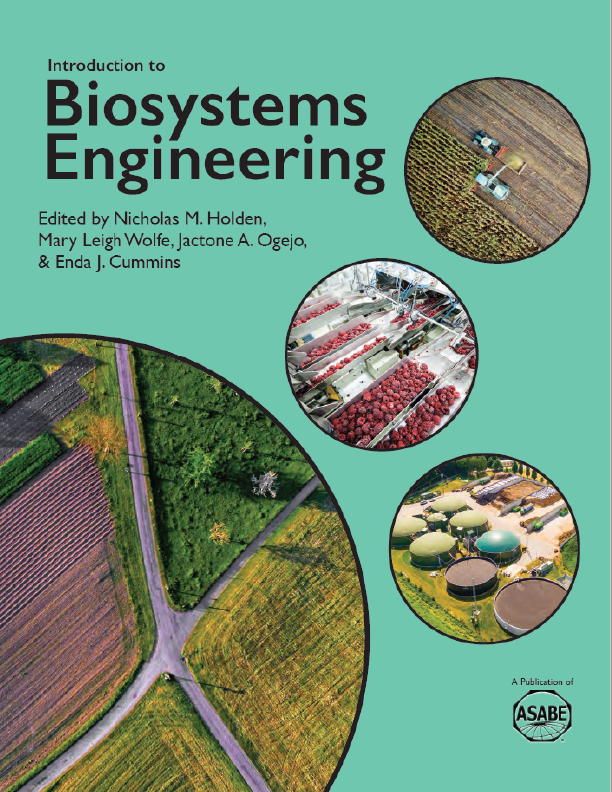Genetics – is the scientific study of heredity and the variation of inherited characteristics. It includes the study of genes, themselves, how they function, interact, and produce the visible and measurable characteristics we see in individuals and populations of species as they change from one generation to the next, over time, and in different environments.
Heredity – Humans have always been aware that the characteristics of an individual plant or animal in a population could be passed down through the generations. Offspring look more like their parents. Humans also knew that some heritable characteristics (such as the size or color of fruit) varied between individuals, and that they could select or breed crops and animals for the most favorable traits. Knowledge of these hereditary properties has been of significant value in the history of human development. In the past, humans could only manipulate and select from naturally existing combinations of genes. More recently, with the discovery of the substance and nature of genetic material, DNA, we can now identify, clone, and create novel, better combinations of genes that will serve our goals. Understanding the mechanisms of genetics is fundamental to using it wisely and for the betterment of all.
By the early 1900’s, biochemists had isolated hundreds of different chemicals from living cells. Which of these was the genetic material? Proteins seemed like promising candidates, since they were abundant, diverse, and complex molecules. However, a few key experiments demonstrated that DNA, rather than protein, is the genetic material.
Griffith’s Transformation Experiment (1928) Microbiologists identified two strains of the bacterium Streptococcus pneumoniae. The R-strain produced rough colonies on a bacterial plate, while the other S-strain was smooth (Figure ). More importantly, the S-strain bacteria caused fatal infections when injected into mice, while the R-strain did not (top, Figure ). Neither did “heat-treated” S-strain cells. Griffith in 1929 noticed that upon mixing “heat-treated” S-strain cells together with some R-type bacteria (neither should kill the mice), the mice died and there were S-strain, pathogenic cells recoverable. Thus, some non-living component from the S-type strains contained genetic information that could be transferred to and transform the living R-type strain cells into S-type cells.











